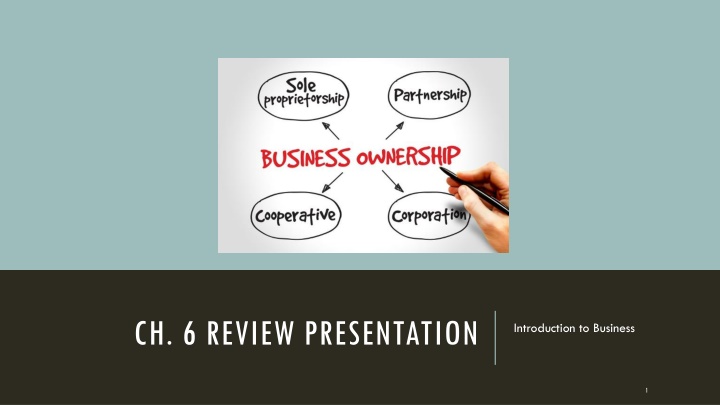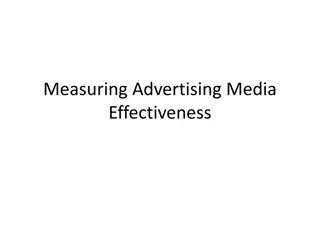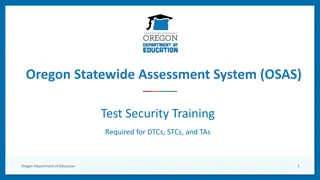
Introduction to Business: Types of Business Organizations and Entities
Explore the diverse landscape of business structures, from partnerships and corporations to sole proprietorships and cooperatives. Learn about the various risks and rewards associated with each type of business entity and gain insight into their key characteristics and functions in the business world.
Download Presentation

Please find below an Image/Link to download the presentation.
The content on the website is provided AS IS for your information and personal use only. It may not be sold, licensed, or shared on other websites without obtaining consent from the author. If you encounter any issues during the download, it is possible that the publisher has removed the file from their server.
You are allowed to download the files provided on this website for personal or commercial use, subject to the condition that they are used lawfully. All files are the property of their respective owners.
The content on the website is provided AS IS for your information and personal use only. It may not be sold, licensed, or shared on other websites without obtaining consent from the author.
E N D
Presentation Transcript
CH. 6 REVIEW PRESENTATION Introduction to Business 1
A BUSINESS ORGANIZATION WITH TWO OR MORE OWNERS WHO SHARE THE RISKS AND REWARDS. partnership 2
BUYS AND SELLS GOODS. Intermediary, retailer 4
A BUSINESS OWNED BY ONE PERSON. Sole proprietorship 5
A BUSINESS TREATED BY LAW AS A SEPARATE LEGAL ENTITY. corporation 6
BUSINESS THAT CHANGE RAW GOODS INTO MORE FINISHED PRODUCTS. processor 7
TURN RAW OR PROCESSED GOODS INTO FINISHED PRODUCTS. manufacturers 8
FULL LEGAL AND FINANCIAL RESPONSIBILITY FOR A BUSINESS. Unlimited liability 9
FINANCIAL RESPONSIBILITY ONLY FOR WHAT THE OWNERS OF A CORPORATION HAVE INVESTED. Limited liability 10
A CONTRACTUAL AGREEMENT TO SELL A COMPANYS PRODUCTS OR SERVICES IN A DESIGNATED GEOGRAPHIC AREA. franchise 11
A BUSINESS WHOSE MAIN PURPOSE IS TO PROVIDE A SERVICE RATHER THAN TO EARN A PROFIT. Nonprofit organization 12
A GROUP OF SMALL BUSINESSES BANDED TOGETHER INTO A TYPE OF CORPORATION. cooperative 13
A BUSINESS THAT GATHERS RAW PRODUCTS IN THEIR NATURAL STATE. producer 14
A TYPE OF BUSINESS THAT BUYS GOODS IN LARGE AMOUNTS AND RESELLS THEM TO OTHER BUSINESS IN SMALLER LOTS. wholesaler 15
A TYPE OF BUSINESS THAT BUYS GOODS FROM WHOLESALERS OR MANUFACTURERS AND SELLS THEM DIRECTLY TO THE PUBLIC. retailer 16
NUMBER OF OWNERS OF A SOLE PROPRIETORSHIP 1 only 17
ADVANTAGES OF A SOLE PROPRIETORSHIP: Easy to start. Be your own boss. Keep all profits. Taxes are quite low. 18
DISADVANTAGES OF A SOLE PROPRIETORSHIP: Pay for everything yourself. Unlimited Liability Lack Business Skills 19
NUMBER OF OWNERS IN A PARTNERSHIP 2 or more 20
ADVANTAGES OF A PARTNERSHIP: Share the risks & losses with your partner. Pay taxes only on personal profits. Easier to obtain capital Each partner brings their own special skills & experiences to the business. 21
DISADVANTAGES OF A PARTNERSHIP: Share profits with partner(s). You must get along with your partner. A bad decision by a partner can affect you legally &/or financially. 22
OWNERS OF A CORPORATION Unlimited number of owners They are called stockholders/shareholders 23
ADVANTAGES OF A CORPORATION Limited liability stockholders can only lose what they have invested. Corporation doesn t end if the owners sell their shares. Stockholders are paid dividends when their company makes a profit. 24
DISADVANTAGES OF A CORPORATION Double taxation (higher taxes) Government closely regulates corporations Minimal say in the decisions of the company 25
GIVE ME TWO EXAMPLES OF A FRANCHISE BUSINESSES McDonalds, Subway, Taco Bell Mobile Gas, Quick Fill 26
WHAT IS ONE POSITIVE ASPECT OF TAKING PART IN A FRANCHISE? Their well-known name. A Business Plan. Management training, advertising, & a system of operation. It is easy to start. The name of the parent company draws customers. 27
WHY DOES A FRANCHISER CHARGE A FRANCHISEE TO USE THEIR NAME? It draws people in because of their well-known name. 28
GIVE ME ONE WAY A NON-PROFIT ORGANIZATION IS LIKE A CORPORATION. Must register with the government. May be run by a Board of Directors. 29
GIVE ME ONE WAY A NON-PROFIT ORGANIZATION IS UNLIKE A CORPORATION. Doesn t have to pay taxes because it doesn t make a profit. Relies on government grants & donations from businesses & individuals to raise $, not investors. Donors don t receive dividends like investors, but can deduct them from their taxes. 30
GIVE TWO ADVANTAGES OF A COOPERATIVE. Doesn t have to pay taxes because it doesn t make a profit. Relies on government grants & donations from businesses & individuals to raise $, not investors. Donors don t receive dividends like investors, but can deduct them from their taxes. 31
WHAT IS THE DIFFERENCE BETWEEN A PRODUCER AND A PROCESSOR? Producers - A business that gathers raw products in their natural state. From land & water natural state Processors Change raw materials into more finished products. Process raw materials. 32
WHAT DOES A MANUFACTURER DO WITH RAW OR PROCESSED GOODS? Businesses that make finished products out of processed goods 33
WHAT DOES AN INTERMEDIARY DO? A business that moves goods from one business to another. Wholesaler/Distributor - Buys goods from manufactures in huge quantities and resells them in smaller quantities to their customers. Retailer - Purchases goods from a wholesaler & resells them to the consumer. 34
GIVE EXAMPLES OF SERVICE BUSINESS. Meet a Need Medical Clinics Law firms Provide a Convenience Taxi Companies Copy Shops Give Access to Information Newspapers Internet Services (Yahoo!!) 35






















